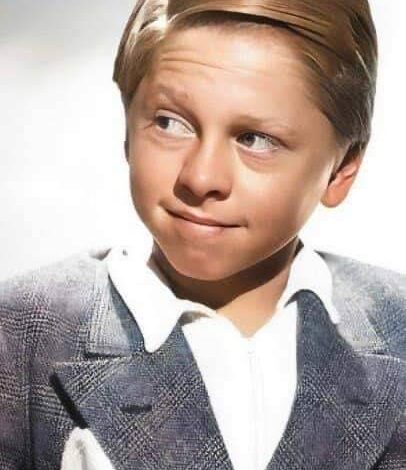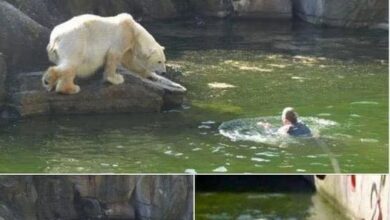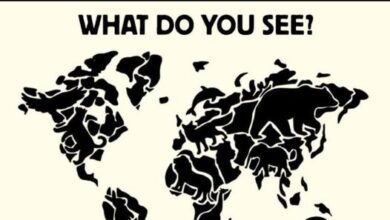The Golden Age of Child Stars:

ADVERTISEMENT
The Golden Age of Child Stars: How Hollywood’s Young Talents Shaped the Entertainment Industry
In the early days of Hollywood, child actors held a unique charm that captivated audiences around the world. Dressed impeccably and often displaying a wit and maturity beyond their years, these young stars became iconic symbols of innocence, humor, and talent. From Shirley Temple to Mickey Rooney, the Golden Age of Hollywood brought us child actors who left a lasting legacy, influencing generations of young performers to follow. This article explores the lives of these young Hollywood legends, the roles that made them famous, and the impact they had on the entertainment industry.
The Rise of Child Stars in Hollywood
The concept of child stars truly began to flourish in the 1930s and 1940s as sound and color transformed cinema. Hollywood studios discovered that children could captivate audiences with their charm and relatable personalities, making them marketable assets. This era gave rise to countless beloved child actors, who brought humor, innocence, and emotional depth to the big screen.
With the Great Depression still casting a shadow over America, child stars like Shirley Temple offered a dose of optimism and joy. Known for her infectious smile, curly hair, and memorable song-and-dance numbers, Shirley Temple became the nation’s sweetheart, lifting spirits during tough times. At the peak of her career, she was one of Hollywood’s most bankable stars, paving the way for other young actors.
ADVERTISEMENT
Iconic Child Stars of the Golden Age
Many child actors became household names, their fame often rivaling that of their adult co-stars. Here’s a look at a few who left an indelible mark on Hollywood:
- Shirley Temple: Known as “America’s Little Darling,” Shirley Temple rose to fame with movies like Bright Eyes, Curly Top, and Heidi. Her cheerful persona and talent made her a symbol of hope during the Depression era.
- Mickey Rooney: Starting his career in vaudeville, Rooney transitioned to Hollywood, where he starred in the popular Andy Hardy series. Known for his comedic timing and versatility, he became one of the highest-paid actors of his time.
- Judy Garland: While best remembered for her role as Dorothy in The Wizard of Oz, Judy Garland’s career began as a child singer and performer. Her powerful voice and ability to convey deep emotion helped her transition from child star to Hollywood legend.
- Freddie Bartholomew: Known for his roles in Captains Courageous and Little Lord Fauntleroy, Freddie Bartholomew became famous for his refined British accent and poise, bringing a level of sophistication to child roles that were often melodramatic.
Each of these stars brought something unique to Hollywood, embodying an era where innocence met talent, creating a connection with audiences of all ages.
The Challenges of Growing Up in the Spotlight
While the life of a child star might seem glamorous, it often came with significant challenges. Many young actors worked long hours, sacrificing their childhoods for fame and success. The pressure to perform at such a young age led to issues like exhaustion and anxiety, and some child actors struggled to transition into adult roles.
The studio system tightly controlled the lives of young actors, often dictating their public appearances, friendships, and even education. Shirley Temple, for example, had a “studio tutor” on set, but many young stars missed out on a normal education and social life. Despite these challenges, some child stars managed to make successful transitions to adult careers, while others faced more difficulties in finding their path post-Hollywood.
Hollywood’s Child Star Legacy
The legacy of Hollywood’s Golden Age child stars is still evident in today’s entertainment industry. Modern child actors, from Macaulay Culkin in Home Alone to Millie Bobby Brown in Stranger Things, owe much to the paths carved out by the young stars of the 1930s and 1940s. The challenges faced by early child actors have also led to significant changes in industry practices, with stricter laws and protections in place today to ensure the welfare of young performers.
ADVERTISEMENT
Hollywood now recognizes the importance of balancing a young actor’s career with their education, mental health, and personal development. Organizations like the Coogan Law, named after Jackie Coogan (another famous child actor), help ensure that young actors receive a portion of their earnings, preventing financial exploitation.
Why We Still Love the Golden Age of Child Stars
The charm of Hollywood’s child stars from the Golden Age is timeless. These young actors embodied a spirit of resilience, humor, and innocence that resonates with audiences even today. Their performances were raw, unfiltered, and genuine, capturing the imagination of viewers across generations. Their legacy is one of talent, dedication, and a reminder of a simpler time in Hollywood, where storytelling was paramount.
For fans of classic cinema, watching old films featuring these young stars is like taking a journey back in time—a reminder of Hollywood’s golden years and the lasting power of nostalgia. Today, as we look back on the achievements of Shirley Temple, Mickey Rooney, and countless others, we celebrate not only their contributions to cinema but also their resilience in an industry that has always been tough on its youngest performers.
The child stars of Hollywood’s Golden Age were more than just actors; they were symbols of hope, joy, and charm. Their legacy lives on, not just in their films but in the way they shaped the industry for future generations of young performers. The stories they told, the smiles they brought, and the memories they created are treasures of cinematic history, cherished by fans around the world.
ADVERTISEMENT




